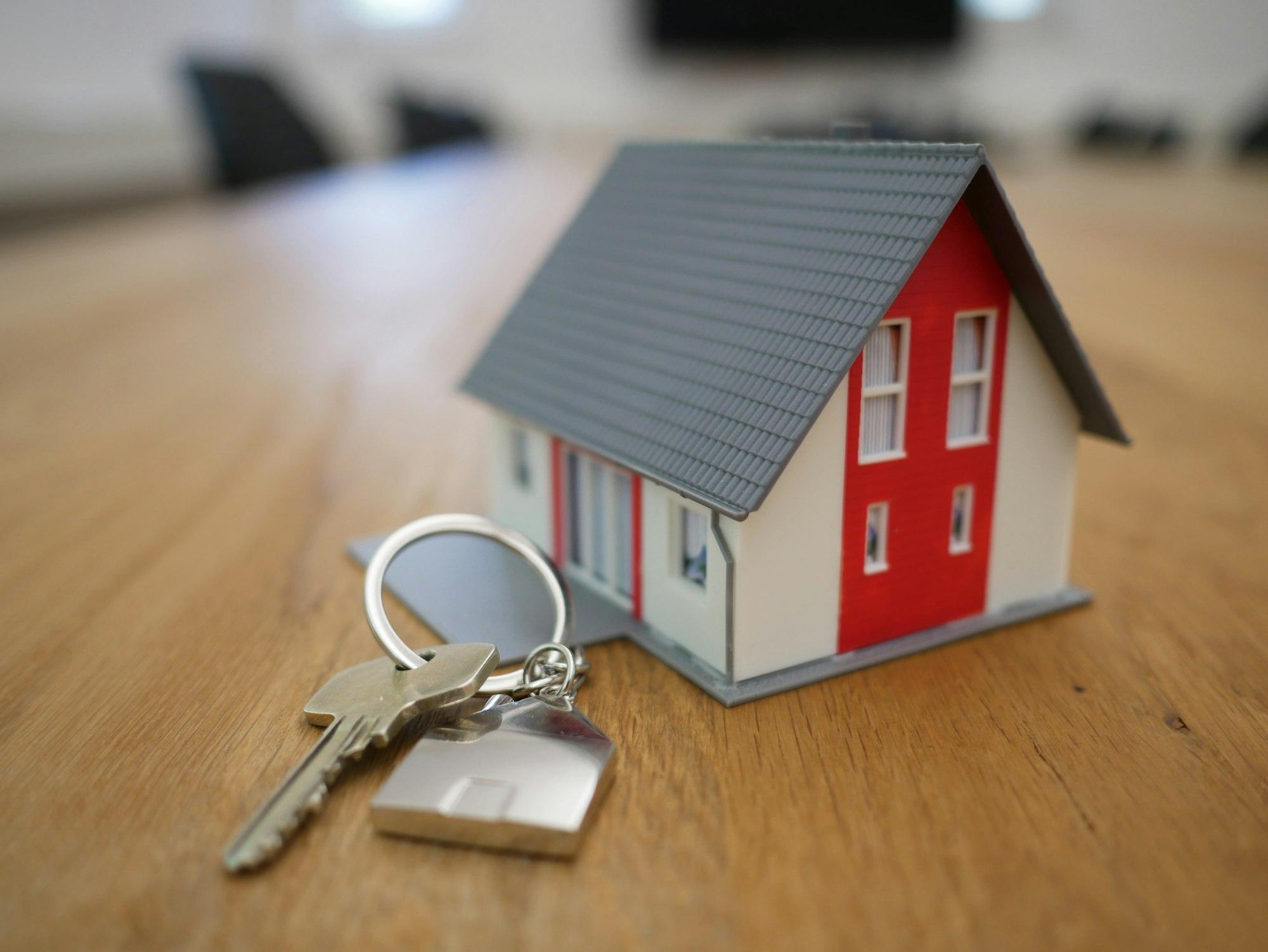Understanding Down Payments in Home Buying
A down payment is a crucial step in homeownership, influencing your mortgage terms, monthly payments, and overall financial strategy, with options ranging from no down payment to 20% or more, depending on your goals and resources.

Photo by Tierra Mallorca
Embarking on the journey to homeownership involves navigating several financial milestones, the first of which is the down payment. This initial payment, a percentage of the home's purchase price, is typically required by lenders to secure a mortgage. Understanding how down payments affect your home-buying process is essential.
The Impact of Down Payment Size
A down payment not only shows your commitment but also reduces the lender's risk. A larger down payment can:
- Lower Your Loan Amount: Reducing monthly mortgage payments.
- Avoid Private Mortgage Insurance (PMI): Saving money over the life of your loan.
- Secure Better Interest Rates: Lenders may offer favorable terms to less risky borrowers.
- Strengthen Your Negotiating Position: Sellers often prefer buyers with substantial down payments.
Is a 20% Down Payment Necessary?
While a 20% down payment is often recommended, it's not a hard-and-fast rule. Numerous mortgage options allow for lower down payments, making homeownership more accessible, especially for first-time buyers. However, be aware of the trade-offs:
- Higher Monthly Payments: Due to a larger loan amount.
- Increased Mortgage Insurance Costs: PMI may be required with smaller down payments.
Programs like FHA loans (3.5% down), VA loans (zero down for eligible veterans), and USDA loans (zero down for rural areas) can help you enter the market with less upfront cash.
Minimum Down Payment Guidelines
VA and USDA Loans: Zero Down Payment
- VA Loans: For eligible veterans and active military members, backed by the Department of Veterans Affairs.
- USDA Loans: For rural and suburban homebuyers, with geographic and income restrictions.
Note: While no down payment is required, other costs like funding fees or mortgage insurance may apply.
Conventional Mortgages: Starting at 3% Down
- Flexible Options: Not backed by government entities.
- PMI Required: Typically needed if down payment is less than 20%.
- Credit Score Considerations: Generally require higher credit scores.
FHA Loans: Minimum 3.5% Down
- Government-Backed: Insured by the Federal Housing Administration.
- Lenient Credit Requirements: Accessible to those with lower credit scores.
- Mortgage Insurance: Requires upfront and monthly premiums.
Jumbo Loans: 5% to 10% Down
- High-Value Properties: For loans exceeding conventional limits.
- Stricter Requirements: Higher credit scores and extensive financial documentation needed.
- Potentially Higher Rates: Due to increased lender risk.
Advantages of a Larger Down Payment
- Lower Monthly Payments: Less principal means smaller payments.
- Better Loan Terms: Potentially lower interest rates.
- Avoiding PMI: Eliminates extra monthly costs.
- Increased Equity: Builds ownership stake faster.
- Negotiating Power: Strengthens your offer in competitive markets.
Determining the Right Down Payment Amount
Balancing your financial situation with homeownership goals is key:
- Assess Your Budget: Consider savings, emergency funds, and other financial obligations.
- Consult Professionals: Financial advisors or mortgage experts can provide personalized advice.
- Evaluate Long-Term Goals: Align your down payment with future plans and market conditions.
Exploring Down Payment Assistance Programs
State and local programs can provide grants, loans, or other resources to help cover down payment costs, making homeownership more attainable.
Top Lenders for Low- and No-Down-Payment Mortgages in 2024
When choosing a lender:
- Compare Rates and Fees: Shop around for the best terms.
- Consider Loan Programs: Look for options that match your down payment capacity.
- Read Reviews: Seek feedback from other borrowers.
- Seek Professional Guidance: Mortgage professionals can help navigate your options.
Final Thoughts
Determining the right down payment is a personal decision that depends on your financial situation and homeownership goals. By understanding your options and the implications of different down payment amounts, you can make an informed choice that sets a solid foundation for your future.
Quick facts
How do down payments work on homes?
A down payment is an upfront payment made when buying a home. It's calculated as a percentage of the home's price, typically ranging from 3% to 20%, with the rest covered by a mortgage loan.
Is a higher down payment better than a lower down payment?
A higher down payment can reduce your monthly mortgage payments, lower your interest rate, and help you avoid private mortgage insurance (PMI). However, a lower down payment may be more accessible for first-time buyers.
How much of a down payment do I need for a $400,000 house?
For a $400,000 house, a 20% down payment would be $80,000. However, options like FHA loans may allow as little as 3.5%, or $14,000, depending on the loan type and your qualifications.
What is considered a good down payment for a house?
A good down payment for a house is typically 20%, as it helps avoid private mortgage insurance (PMI) and reduces monthly payments. However, a down payment of 10% or even 3% can still be sufficient, depending on the loan program.
What is a down payment for dummies?
A down payment is the upfront amount you pay toward the purchase of a home. It's a portion of the total cost, with the remainder covered by a mortgage loan. Larger down payments can lead to lower monthly payments.
How much is the down payment on a $200,000 house?
For a $200,000 house, a 20% down payment would be $40,000. If you're using a lower down payment option like 5%, it would be $10,000, depending on the loan program.
How much do most first-time home buyers put down?
Most first-time home buyers put down around 6% to 7% of the home's purchase price, though some programs allow for as little as 3% or even no down payment.
What is a typical down payment for a home?
A typical down payment for a home is 10% to 20% of the purchase price, although many first-time buyers opt for lower percentages with FHA or conventional loans.
What should my down payment be on my first house?
Your down payment on your first house should ideally be at least 10%, but programs like FHA loans allow for as little as 3.5%, making homeownership more accessible.

Dane Hurtubise
Co-founder & CEO of Spoken
Dane Hurtubise is the Co-founder & CEO of Spoken. He has led two venture-backed companies and is a two-time Y Combinator alum. Prior to Spoken, Dane sold his previous company, Parklet, to Greenhouse Software where he served as VP of Platform and Partnerships. An avid runner, cyclist, and Pilates enthusiast, Dane holds a BS in Electrical and Computer Engineering from the University of Texas at Austin.
Read more

